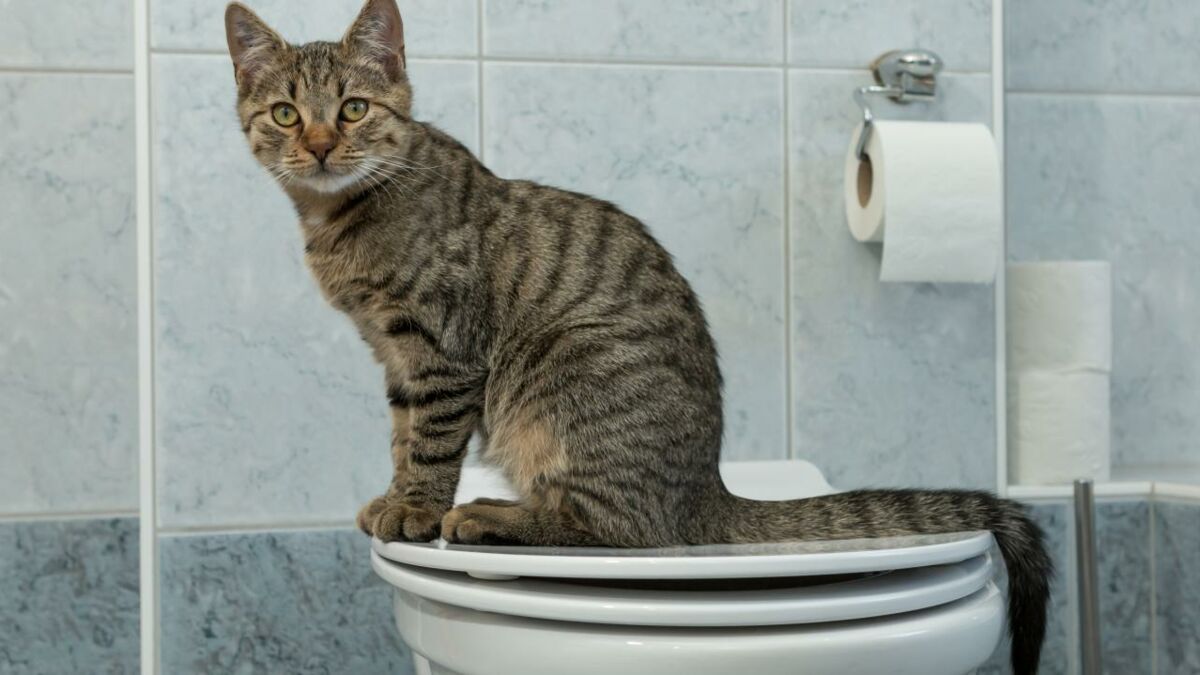Avoid Toilet Emergencies: Never Flush Cat Poop Down Your Toilet - Professional Advice
Avoid Toilet Emergencies: Never Flush Cat Poop Down Your Toilet - Professional Advice
Blog Article
Presented here down the page you can discover more high-quality information and facts around How to Dispose of Cat Poop and Litter Without Plastic Bags.

Intro
As pet cat proprietors, it's vital to bear in mind just how we throw away our feline buddies' waste. While it may seem convenient to purge feline poop down the bathroom, this practice can have detrimental consequences for both the setting and human health and wellness.
Alternatives to Flushing
Luckily, there are much safer and more accountable means to take care of cat poop. Take into consideration the complying with alternatives:
1. Scoop and Dispose in Trash
One of the most typical approach of taking care of feline poop is to scoop it right into a naturally degradable bag and toss it in the garbage. Make sure to utilize a specialized clutter inside story and throw away the waste immediately.
2. Use Biodegradable Litter
Go with eco-friendly cat clutter made from products such as corn or wheat. These trashes are environmentally friendly and can be securely dealt with in the garbage.
3. Hide in the Yard
If you have a lawn, think about burying pet cat waste in an assigned area away from vegetable gardens and water resources. Be sure to dig deep enough to stop contamination of groundwater.
4. Mount a Pet Waste Disposal System
Buy an animal garbage disposal system specifically developed for pet cat waste. These systems make use of enzymes to break down the waste, minimizing smell and environmental influence.
Health Risks
In addition to ecological problems, flushing pet cat waste can also present health and wellness threats to human beings. Feline feces may include Toxoplasma gondii, a bloodsucker that can trigger toxoplasmosis-- a potentially severe illness, specifically for expectant females and individuals with damaged body immune systems.
Environmental Impact
Flushing pet cat poop introduces damaging virus and bloodsuckers right into the water, presenting a considerable risk to water ecosystems. These impurities can negatively impact marine life and concession water high quality.
Final thought
Responsible pet possession expands beyond supplying food and sanctuary-- it likewise entails correct waste management. By refraining from flushing feline poop down the commode and opting for alternative disposal techniques, we can lessen our ecological impact and secure human health.
Why Can’t I Flush Cat Poop?
It Spreads a Parasite
Cats are frequently infected with a parasite called toxoplasma gondii. The parasite causes an infection called toxoplasmosis. It is usually harmless to cats. The parasite only uses cat poop as a host for its eggs. Otherwise, the cat’s immune system usually keeps the infection at low enough levels to maintain its own health. But it does not stop the develop of eggs. These eggs are tiny and surprisingly tough. They may survive for a year before they begin to grow. But that’s the problem.
Our wastewater system is not designed to deal with toxoplasmosis eggs. Instead, most eggs will flush from your toilet into sewers and wastewater management plants. After the sewage is treated for many other harmful things in it, it is typically released into local rivers, lakes, or oceans. Here, the toxoplasmosis eggs can find new hosts, including starfish, crabs, otters, and many other wildlife. For many, this is a significant risk to their health. Toxoplasmosis can also end up infecting water sources that are important for agriculture, which means our deer, pigs, and sheep can get infected too.
Is There Risk to Humans?
There can be a risk to human life from flushing cat poop down the toilet. If you do so, the parasites from your cat’s poop can end up in shellfish, game animals, or livestock. If this meat is then served raw or undercooked, the people who eat it can get sick.
In fact, according to the CDC, 40 million people in the United States are infected with toxoplasma gondii. They get it from exposure to infected seafood, or from some kind of cat poop contamination, like drinking from a stream that is contaminated or touching anything that has come into contact with cat poop. That includes just cleaning a cat litter box.
Most people who get infected with these parasites will not develop any symptoms. However, for pregnant women or for those with compromised immune systems, the parasite can cause severe health problems.
How to Handle Cat Poop
The best way to handle cat poop is actually to clean the box more often. The eggs that the parasite sheds will not become active until one to five days after the cat poops. That means that if you clean daily, you’re much less likely to come into direct contact with infectious eggs.
That said, always dispose of cat poop in the garbage and not down the toilet. Wash your hands before and after you clean the litter box, and bring the bag of poop right outside to your garbage bins.
https://trenchlesssolutionsusa.com/why-cant-i-flush-cat-poop/

Hopefully you enjoyed reading our topic about Can You Flush Cat Poo or Litter Down the Toilet?. Thanks so much for finding the time to read our blog. Sharing is nice. One never knows, you may be doing someone a favor. Thank you so much for your time invested reading it.
Order Repair Report this page